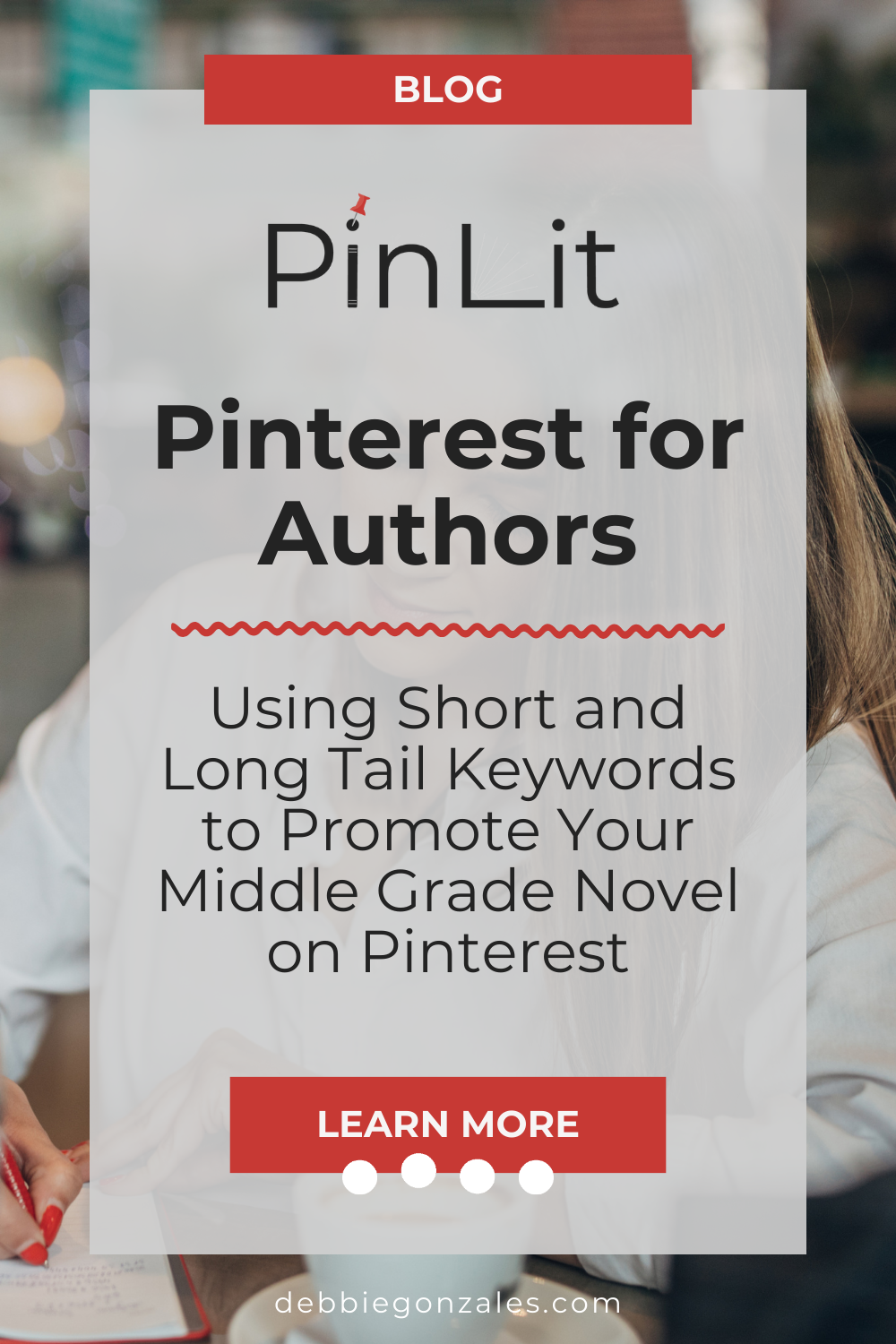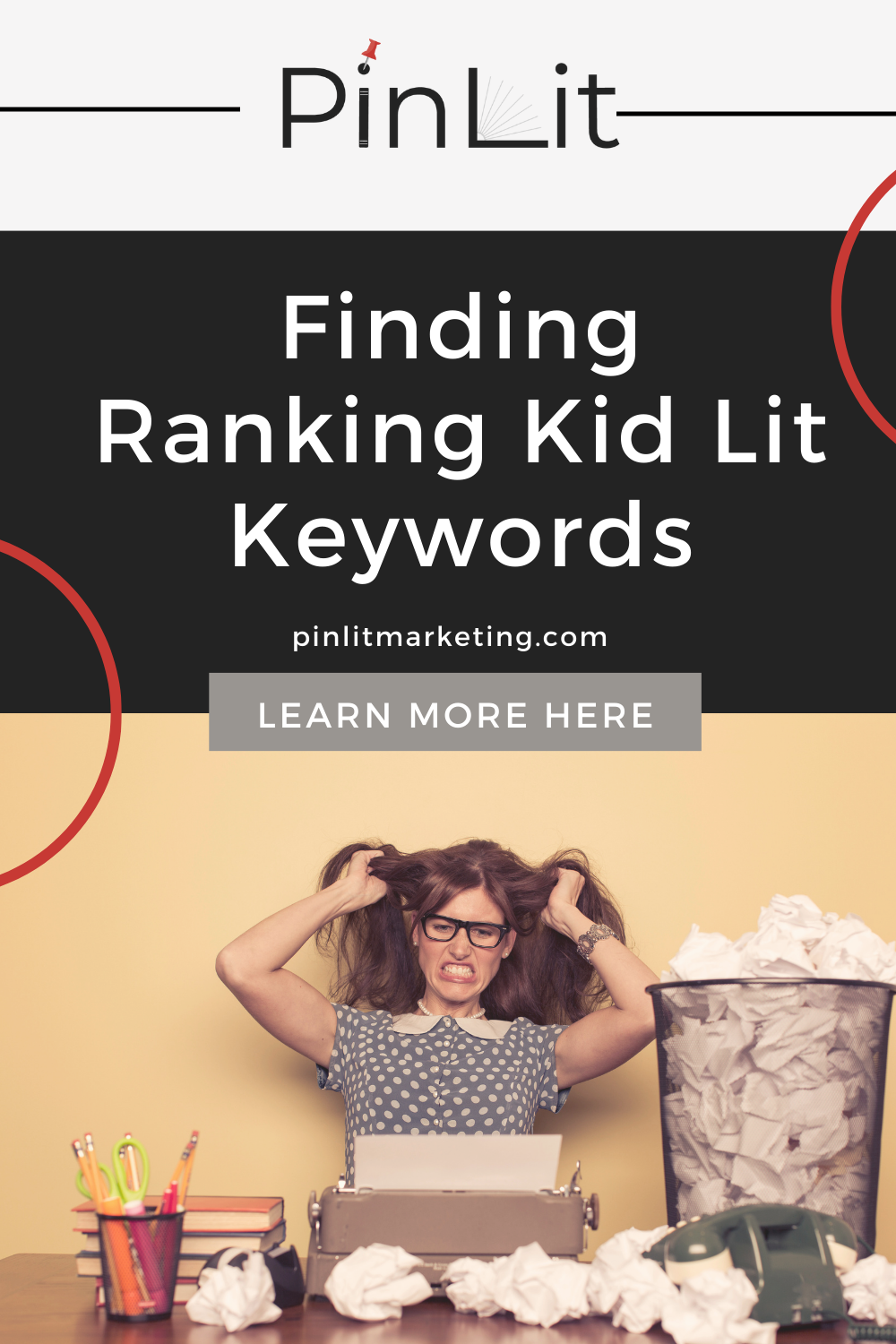If I had to select a single feature that sets Pinterest apart in the realm of social media marketing, it would undoubtedly be its knack for targeting specific niches with enduring content. For we book sellers and creators, a niche refers to a distinct group of customers (readers) characterized by specific needs, preferences, or interests. These niches are precise and clearly defined. While it may require some effort to craft a strategy that appeals to our desired audience, the time invested in doing so is unquestionably worthwhile. Without a doubt, it truly is.
Beyond crafting eye-catching graphics, the essential elements required for niching-nailing are relevant, applicable, and relatable keywords - terms that users type into the search bar in hopes of finding that one special niche-like thing they are looking for.
Keywords come in a variety of forms. The best known are short tail keywords and long tail keywords. Short tail keywords are general and broad, making them competitive on the digital marketing scene. Long tails are short, yet concise. They are specific, descriptive, niche-centric phrases that cast a wider net in efforts to attract one’s intended audience. Savvy Pinterest marketers create lists of both short tail and long tail keywords to feature everywhere possible – on pin graphic, titles, descriptions, on in board descriptions (I’ve also heard that they make for some swell looking tattoos, too.).
You ask, “Where can we find these treasures known as short tail and long tail keywords?” They are hiding in plain sight! Analyze your books, programs, and services from every angle. Identify the genres, categories, themes, premises, educational value, social impact, age-level, academic standards coding … of whatever you can think. Therein lies niche-finding gold, pal. For sure.
For example, let’s have a look at the keyword coding potential for AT THE EDGE OF ICE, written by Carolyn Armstrong, the first installment in the Eco Warriors series for middle school readers. (Here is looking at you, Carolyn. Wink. Wink.).
Not only is AT THE EDGE OF ICE a delightful middle grade novel about rivaling twin sisters and their quest to save the threatened Arctic ecosystem, but the author is also offering loads of educator resources that would make any classroom teacher or homeschooling parent jump for joy! With a little bit of research, Carolyn can discover a nice extensive list of short tail and long tail keywords to use that will serve to narrow her niche. This type of creative keywording allows Pinterest users in search of the topics she addresses in AT THE EDGE OF ICE to find just what they are looking for. Here is how to do it.
To start off, Carolyn must first pinpoint her genre, classification, and target age range. Incorporating phrases like eco-fiction, middle grade, ages 10 to 14, grade 6, grade 7, and grade 8 into her long-tail keywords will accomplish this task effectively. Following that, to further refine her focus, she could consider including some of the following elements in all aspects of her efforts in creating pins:
MG books about climate change
MG books about global warming
MG books about polar bears
Next Gen Science: K-ESS3-3 Earth and Human Activity
Ecology for Middle Schoolers
Arctic habitat project for kids
Animal food chain pyramid
Sibling jealousy parenting tips
Parenting sibling jealousy
Middle grade geography lessons
Longitude & latitude lessons
Engaging map skills activities
You get the picture, right? By highlighting aspects of information about the book's foundation, themes, and storyline, Carolyn can leverage the timeless effectiveness of Pinterest marketing to reach a broad online audience, aiming to pique the curiosity of her target demographic on the platform. Who is to say she will not also contribute to the preservation of some precious marine life along the way, as well!
How about you? Do you need help nailing your niche(s)? Sign up for a Fit Call today. Let’s see what the power of Pinterest can do for you.









